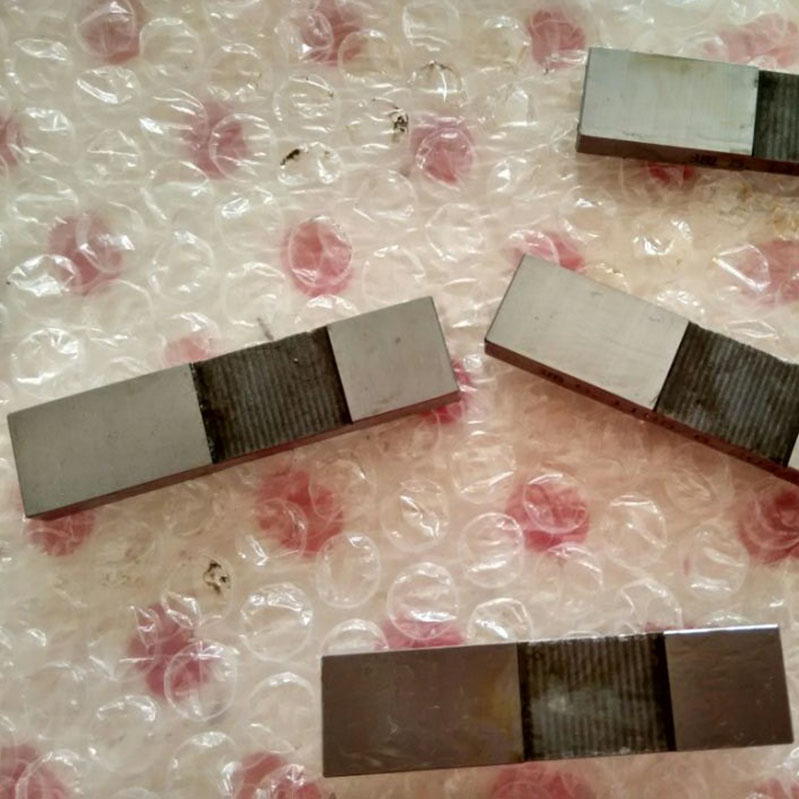Okt . 12, 2024 09:28 Back to list
High Precision Linear Guide Rail Bearing Solutions for Smooth Motion and Support
Understanding Linear Guide Rail Bearings An Essential Component in Modern Machinery
In the realm of precision engineering and manufacturing, linear guide rail bearings play a pivotal role in ensuring smooth and accurate linear motion. These components are integral in various applications, ranging from CNC machines and robotics to automation systems and medical devices. Understanding their structure, functionality, and advantages can help industries optimize their performance and efficiency.
What Are Linear Guide Rail Bearings?
Linear guide rail bearings are specialized devices designed to facilitate linear motion along a specific path. They consist of two main components the rail and the bearing block. The rail is a rigid steel or aluminum shaft that provides a stable track for movement, while the bearing block houses the rolling elements, which can be balls, rollers, or other configurations. This assembly allows for reduced friction, enabling smoother operation and enhancing the overall longevity of the machinery.
Types and Mechanisms
Linear guide rail bearings can be categorized into several types, including ball bushings, roller bearings, and precision rails. The choice of type largely depends on the application's requirements, including load capacity, speed, and operating environment.
- Ball Bearings These are the most common type of linear guide rail bearings. The rolling balls reduce friction and are suitable for high-speed applications. - Roller Bearings These bearings utilize cylindrical rollers instead of balls, providing a larger contact area and superior load capacity. They are ideal for heavy-load applications.
- Precision Rails These offer high accuracy and rigidity and are often employed in applications where precision positioning is crucial.
Advantages of Linear Guide Rail Bearings
linear guide rail bearing

1. Reduced Friction One of the primary advantages of using linear guide rail bearings is the significant reduction in friction. This allows for smoother operation and less wear on moving parts, which is essential for maintaining the integrity of the machinery.
2. High Load Capacity Depending on the design, linear guide rail bearings can support substantial loads. This makes them suitable for heavy-duty applications, ensuring that large machines can operate efficiently without the risk of failure.
3. Enhanced Precision With their ability to provide accurate movement along defined paths, these bearings are crucial in situations where precision is paramount, such as in CNC machines.
4. Durability Made from high-quality materials, linear guide rail bearings are built to withstand rigorous operating conditions, including exposure to contaminants, lubrication challenges, and extreme temperatures.
5. Versatility These bearings can be adapted for various applications across multiple industries, making them a versatile solution for engineers and manufacturers.
Applications in Modern Industries
The utilization of linear guide rail bearings spans numerous industries. In manufacturing, they are integral in CNC machines, ensuring precise machining processes. In the robotics sector, they facilitate smooth movement for robotic arms, enhancing automation and productivity. The medical field also benefits from these components, as they are vital in imaging devices, surgical instruments, and laboratory equipment.
Conclusion
In summary, linear guide rail bearings are a fundamental element in achieving efficient and accurate linear motion in machinery. Their ability to minimize friction, support heavy loads, and enhance precision makes them indispensable in modern industrial applications. As technology continues to evolve, the demand for high-quality linear guide rail bearings is expected to grow, fueling innovation and efficiency across various sectors. For engineers and manufacturers, understanding and implementing these components is vital for optimizing their systems and maintaining a competitive edge in the market.
-
Precision Manufacturing with Advanced Spline Gauge DesignNewsJul.31,2025
-
Industrial-Grade Calibrated Pin Gauges for Exact MeasurementsNewsJul.31,2025
-
Industrial Filtration Systems Depend on Quality Filter DN50 SolutionsNewsJul.31,2025
-
High-Performance Gate Valve WholesaleNewsJul.31,2025
-
Granite Surface Plate The Ultimate Solution for Precision MeasurementNewsJul.31,2025
-
Granite Industrial Tools The Ultimate Guide for Bulk BuyersNewsJul.31,2025
Related PRODUCTS









